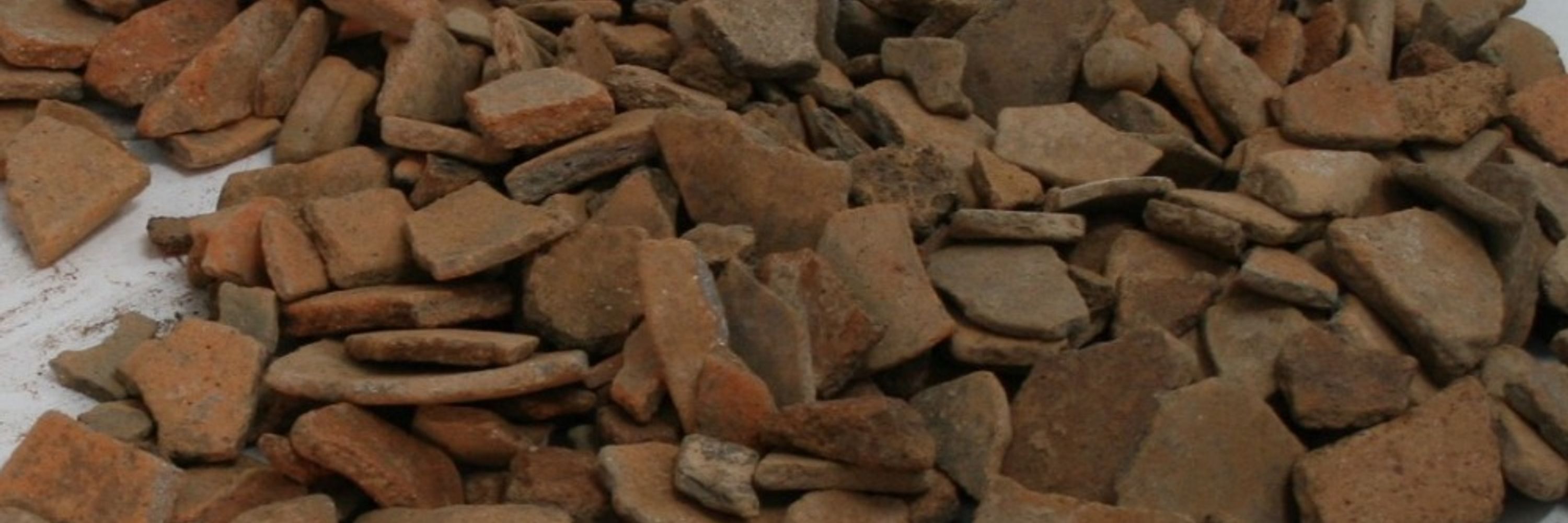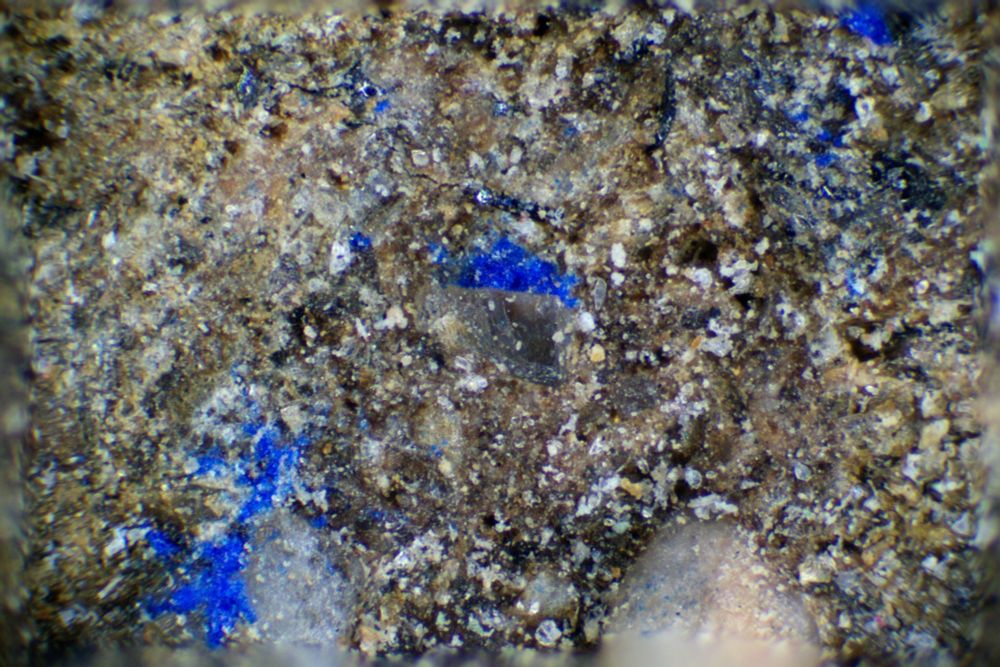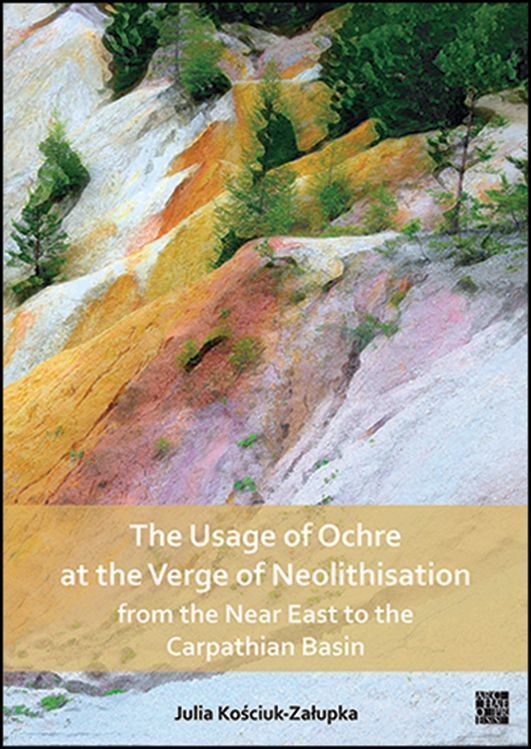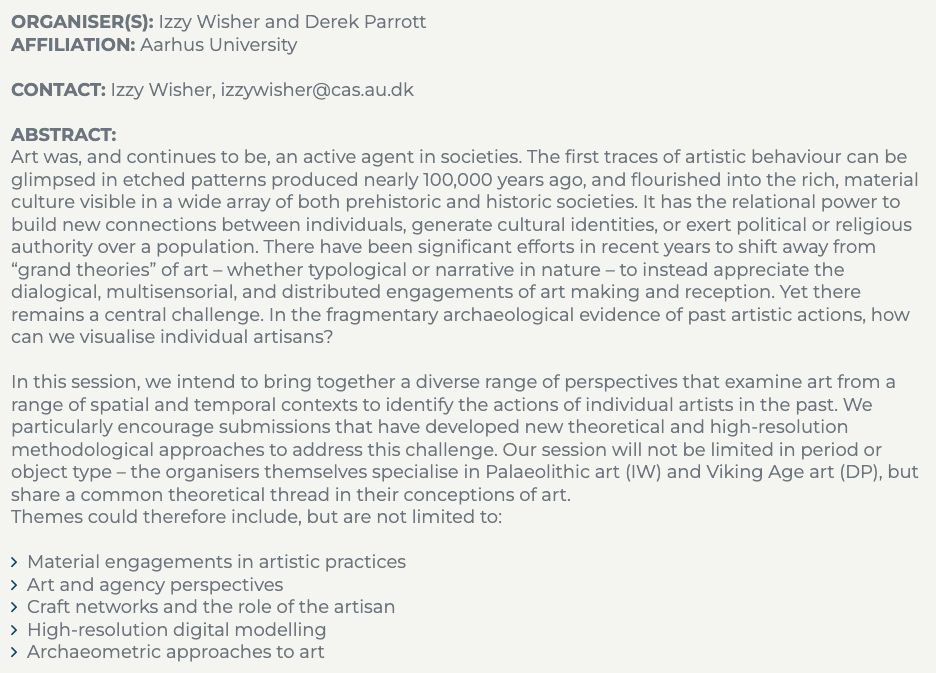Clare Burke
@thesherdnerd.bsky.social
2.1K followers
660 following
380 posts
#Archaeologist | Craft, Foodways & Identity: Where, How & Why pots were made & used in prehistoric #Aegean #Balkans 🏺🧪|Assoc ÖAI| Assist. Prof Arch Materials, Uni of Nottingham | Own views/Not endorsements https://www.researchgate.net/profile/Clare-Burk
Posts
Media
Videos
Starter Packs
Reposted by Clare Burke
Reposted by Clare Burke
Reposted by Clare Burke
Clare Burke
@thesherdnerd.bsky.social
· Sep 3
Reposted by Clare Burke
Kayt Hawkins
@kayth.bsky.social
· Sep 3
Reposted by Clare Burke
Clare Burke
@thesherdnerd.bsky.social
· Sep 2
Clare Burke
@thesherdnerd.bsky.social
· Sep 1

Svinjarička Čuka in Serbia. Свињаричка чука, Србија. Highlights from 8000 to 3000 years ago. Вишеслојно налазиште од пре 8000 до пре 3000 година | 978-3-7001-9717-1 | Verlag der ÖAW
Bestellen sie jetzt Svinjarička Čuka in Serbia. Свињаричка чука, Србија in unserem Verlagswebshop.
verlag.oeaw.ac.at
Clare Burke
@thesherdnerd.bsky.social
· Sep 1
Clare Burke
@thesherdnerd.bsky.social
· Aug 30
Clare Burke
@thesherdnerd.bsky.social
· Aug 27

First settlers in Europe: 8,000-year-old house discovered in Serbia
An extraordinary find in southern Serbia sheds light on the origins of the first sedentary societies in Europe: an 8000-year-old house has been discovered in Svinjarička Čuka. The archaeological disco...
www.oeaw.ac.at
Clare Burke
@thesherdnerd.bsky.social
· Aug 13

Mining gold and shaping clay: The production and consumption of bronze age pottery at ada tepe goldmine, Bulgaria - Archaeological and Anthropological Sciences
This paper examines the production of Late Bronze Age pottery (1480–1150 calBC) from two settlement areas of Ada Tepe, SE Bulgaria, Europe’s oldest goldmine. We present the results of an integrated ap...
link.springer.com
Reposted by Clare Burke
Reposted by Clare Burke
















